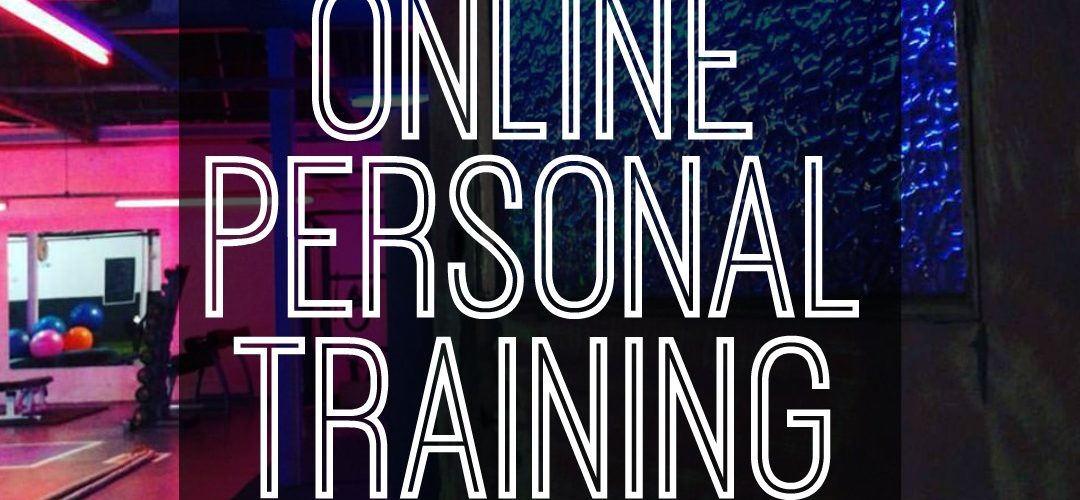By Anna Medaris Miller, Staff Writer Jan. 5, 2017, at 10:27 a.m.
“Did you get plastic surgery?” The friend’s recent question flattered, but startled, Sarah Henderson, a 44-year-old mother of two in Portland, Oregon, who had done nothing of the sort. “I was like, ‘nope,’” Henderson recalls. “Just old-fashioned exercise.”
But not everything about Henderson’s fitness routine was old-fashioned; the personal trainer she credits for her transformation lives more than 2,000 miles away in Lexington, Kentucky. Henderson worked with her entirely online.
“I was still pretty homebound and didn’t have a lot of free time” after delivering baby No. 2 in 2012, Henderson says. So, after hearing [about the prospect of online training] Henderson signed on. The nine-month program, which currently costs $347 per month or $2,776 if you pay for it all upfront, includes a personalized workout plan, nutrition counseling, “body and mindset embracement coaching” and daily support from experts and an online community.
“I really appreciated her message for self-acceptance and for women to be strong and healthy and empowered in a way that’s real and doable,” says Henderson, who completed the program in 2014. As a result, she says, “the difference in my physical and emotional state is amazingly different.”
Online personal training – which can mean anything from following a customized plan using apps and digitized spreadsheets to sending your videotaped workouts to a trainer for feedback to performing a fitness routine while a trainer coaches you through a video-conferencing application like Facetime – makes a lot of sense in today’s world where people don’t want their workouts to be tied to a trainer’s availability and location, says Jonathan Goodman, creator of the Personal Trainer Development Center, a blog for personal trainers, and the Online Trainer Academy, the first certification program for online trainers, which came out in September.
“The fitness industry has been broken for the past decade or so because business has been forced to dictate fitness,” he says. For example, a client who only needs a 30-minute routine might have no choice but to sign up – and pay – for a one-hour session. A client who peaks in the evening may only be able to land a personal training session at 6 a.m. A client who lives 30 minutes away from the closest gym may not have an extra hour to spare. Online training or a combination of in-person and online support, on the other hand, “helps a trainer mold a program perfectly to each client at each point in time,” Goodman says. “Fitness can now dictate business.”
Hiring an online trainer can also be cheaper than seeing one at a gym, since you don’t have to belong to a gym at all, although you should consider the costs associated with building a home gym, says Sabrena Jo, senior exercise scientist at the American Council on Exercise, who works with clients face to face and remotely. Still, virtual trainers typically charge less since they don’t have to cover costs like gym overhead, management, taxes and electricity, Goodman says. Nathan DeMetz, a personal trainer in Goshen, Indiana, for example, charges about $160 per month for online training (which, among other services, includes at least weekly consultations, constant email support and phone support when needed), compared to a minimum of $320 per month for in-person training.
A less-appreciated benefit of online training is the ability to work with a trainer you truly connect with, rather than getting stuck with whoever’s available at your local gym, Goodman says. “Online training is different in that a client can seek out the perfect trainer for them anywhere in the world.” The simple belief that the trainer and his or her plan is right for you is enough to make or break your success, Goodman says. “It’s partly because of this that … many online clients actually adhere better than in-person clients and get better results.”
Still, online personal training has considerable drawbacks. For one, it lacks an attention to detail that clients would get face to face, says DeMetz, whose online programs use specialized technology, and sometimes video recordings, to track clients’ progress and make adjustments to their personalized plans. “There’s not that real-time correction of form and there’s not that real-time ability to ask questions,” he says. And for clients who aren’t highly attuned to their bodies and good at communicating how they’re feeling, that lag can lead to an increased risk of injury, DeMetz adds.
Plenty of other folks aren’t fit for online training either. “People who tend to suffer from a certain lack of motivation, who tend to suffer from significant form problems, who tend to suffer from inconsistency – those people probably don’t want to go online; they need somebody face to face to provide them accountability,” DeMetz says. Add to that list newbie gym-goers, people with balance issues and those rehabbing an injury, Jo says. “You need a certain level of skill mastery such that I’m not afraid you’re going to fall down,” she says.
Even if you are a good candidate, your online trainer may not be fit for the job, experts say. Unlike gyms, which should only employ trainers with appropriate credentials and experience, simply Googling “online personal trainer” or something of the sort leads you to “a lot of SEO-optimized websites that aren’t even related or that maybe have suspect training methodology,” DeMetz says. “You really have to do your research.” Here’s how:
- Seek certifications. Jo encourages prospective clients to seek a trainer credentialed through an established certification organization accredited by the National Commission for Certifying Agencies. Those include her organization, the American Council on Exercise, as well as the American College of Sports Medicine and the National Strength and Conditioning Association, she says. Inquiring about the trainer’s experience specifically with online clients is important too, she adds.
- Ask for references. Ross Munn, a 54-year-old chief operating officer in Goshen, Indiana, who switched from in-person to online training from DeMetz in August, recommends turning to social media – not just unverified testimonials – for honest reviews. “I’ve relied on social media for the vetting process in many aspects of my life … and personal training is no different,” he says. Since working with DeMetz in both capacities, he’s lost 9 percent body fat, 31 pounds and cut more than six minutes off of his mile run.
- Beware of super-cheap plans. While you can expect an online trainer to be cheaper than one at your gym, someone who charges a measly $25 per month is unlikely to truly spend enough time getting to know your motivations, delving into your health history and customizing a solid plan for you, DeMetz says. “Every online trainer, I think, should be willing to get on the phone with you” and answer your questions before you commit, he adds.
- Consider the message. Promises that sound too good to be true probably are, Henderson says. “Someone whose message … is about how to get you to fit into a bikini, that’s probably not going to be a lifelong, life-changing experience; it’s just going to be an online quick fix,” she says. “To change someone’s life is another whole ball game.”


